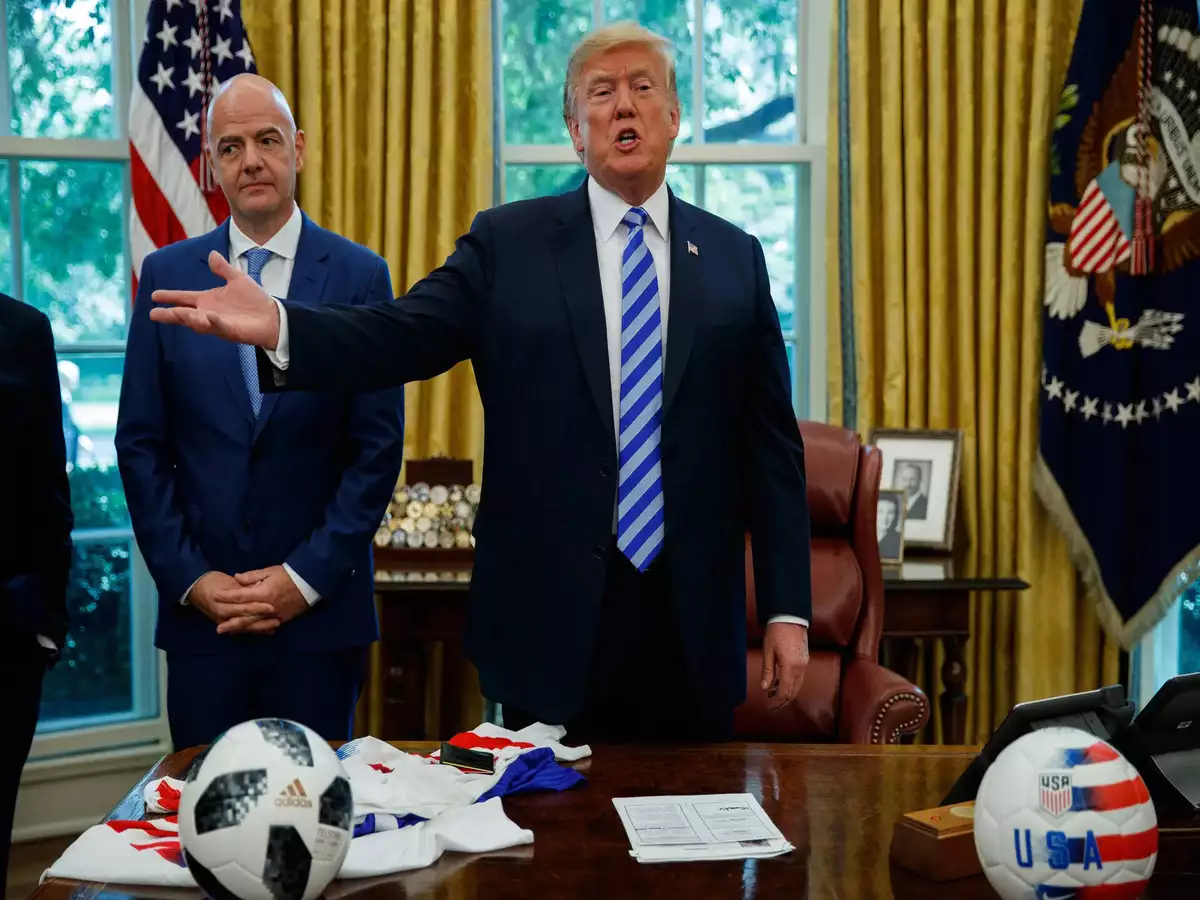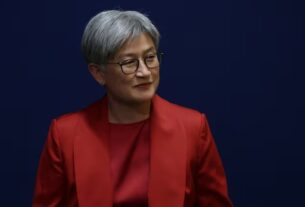For some countries, the next few days could bring a major economic shake-up. President Donald Trump is gearing up to announce his largest batch of tariffs yet, and while details remain murky, one thing is certain: not all nations will suffer equally.
Trump’s ‘Liberation Day’ or a Global Trade War?
Trump has hyped up the upcoming tariff rollout, calling it “America’s liberation day” and “the big one.” The White House argues that these “reciprocal tariffs” will level the playing field, targeting countries that impose high tariffs or trade barriers against U.S. goods. But for many nations, this announcement spells uncertainty and potential economic hardship.
So far, officials haven’t disclosed exactly which countries will bear the brunt, how their tariff rates will be determined, or how far-reaching the impact will be. But one key phrase has emerged: the “Dirty 15.”
Who Are the ‘Dirty 15’?
Treasury Secretary Scott Bessent coined the term in a recent Fox Business interview, referring to the 15% of nations that make up the bulk of U.S. trade while allegedly using unfair barriers against American exports. He didn’t name names, but speculation is already swirling.
Kevin Hassett, head of Trump’s National Economic Council, added fuel to the fire by suggesting the administration is focusing on 10 to 15 countries that contribute to the entire trillion-dollar U.S. trade deficit.
According to Commerce Department data, the U.S. ran its biggest trade deficits in 2024 with China, the European Union, Mexico, Vietnam, Ireland, Germany, Taiwan, Japan, South Korea, Canada, India, Thailand, Italy, Switzerland, Malaysia, Indonesia, France, Austria, and Sweden. These nations could be on Trump’s hit list.
The U.S. Trade Representative’s office has also flagged 21 economies in a review of “unfair trade practices.” Among them: China, Japan, Mexico, India, Canada, the European Union, Russia, South Korea, and the United Kingdom.
Confusion at the Top: Trump’s Changing Stance
Even within the administration, there’s no clear consensus. While officials have hinted at a targeted list, Trump threw everything into question over the weekend, telling reporters on Air Force One:
“You’d start with all countries. There is not a cut-off.”
That statement suggests a broader global tariff rather than a focused strike against specific nations.
What’s at Stake?
For businesses and consumers, this uncertainty is troubling. The Trump administration has already hit China with blanket tariffs, raised duties on Canada and Mexico, imposed steel and aluminum tariffs, and slapped new levies on foreign cars and key imports. More pharmaceutical tariffs are rumored to be coming next.
Trump argues that these tariffs will force other countries to play fair. Critics, however, warn that they could backfire, leading to higher consumer prices, retaliation from trade partners, and economic instability.
With the world watching, the next few days will reveal whether Trump’s tariffs are a smart negotiation tactic—or the start of a full-blown trade war.





